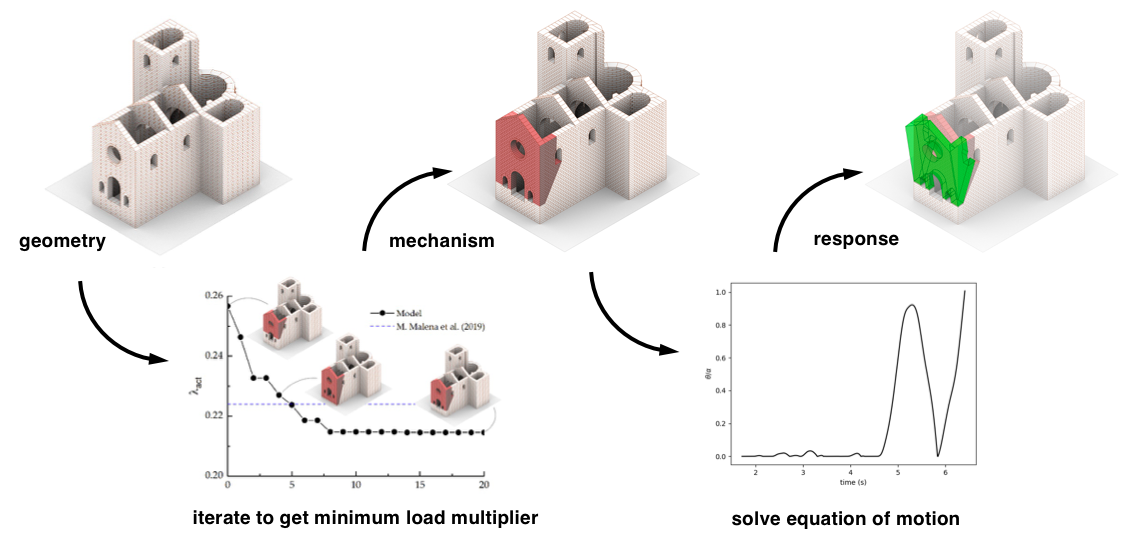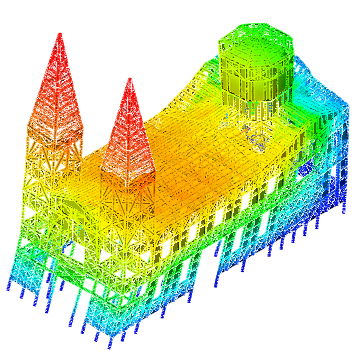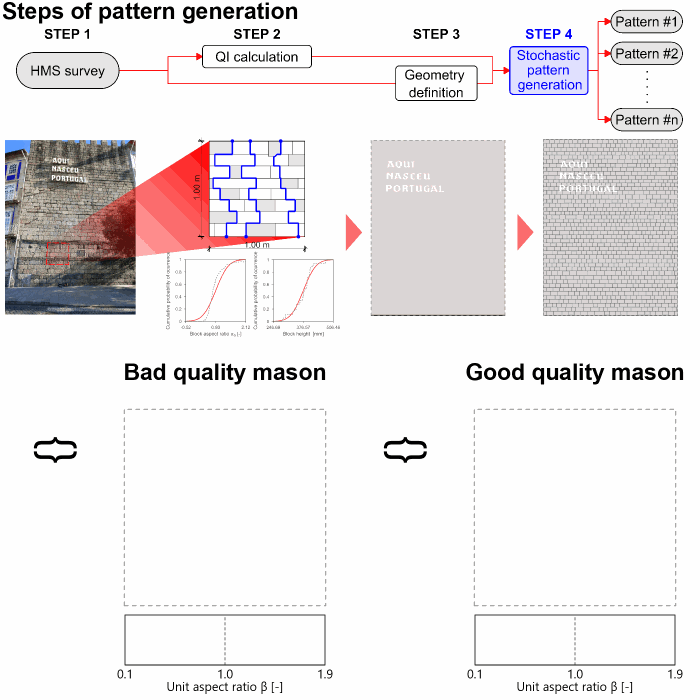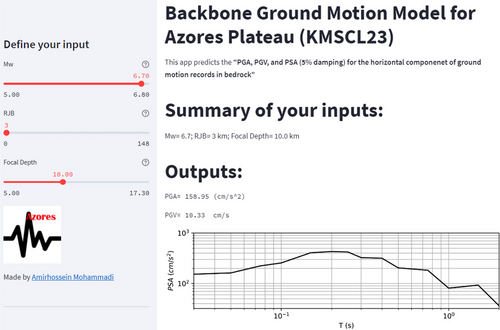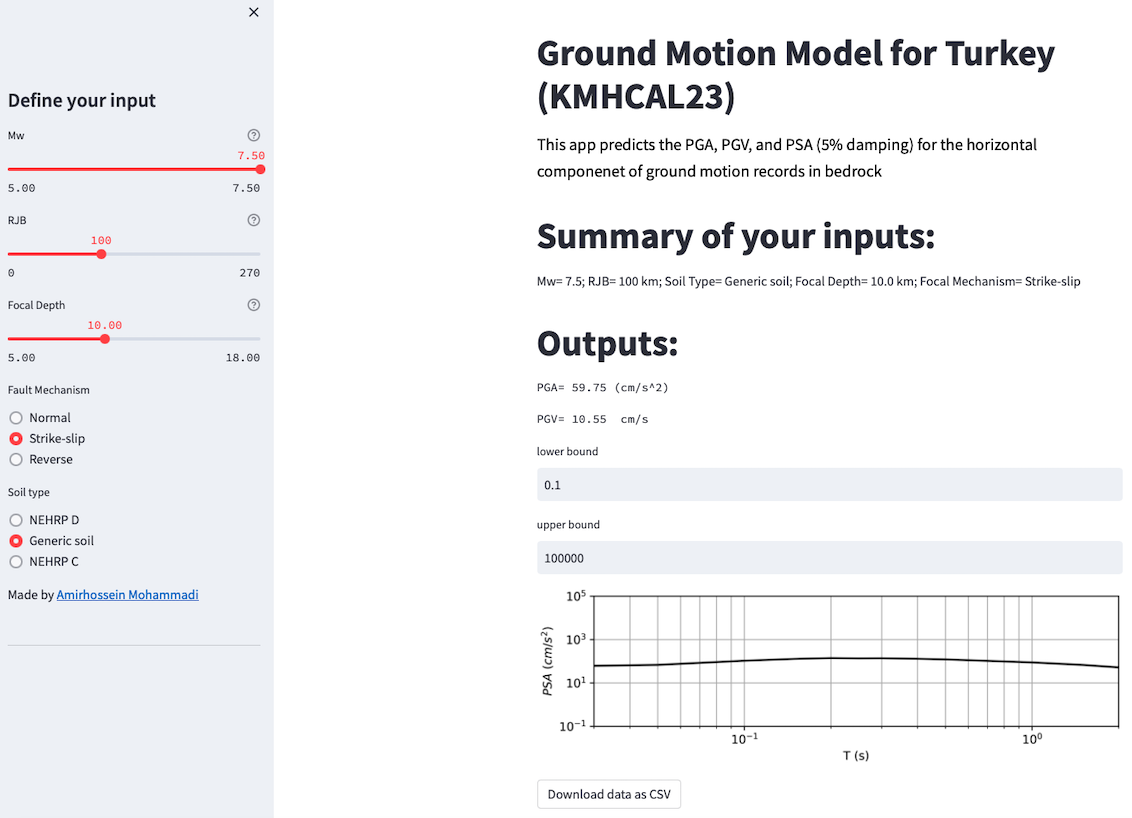This paper presents a user-friendly, CAD-interfaced methodology for the rapid seismic assessment of historic masonry structures. The proposed multi-level procedure consists of a two-step analysis that combines upper bound limit analysis with non-linear dynamic (rocking) analysis to solve for seismic collapse in a computationally-efficient manner. In the first step, the failure mechanisms are defined by means of parameterization of the failure surfaces. Hence, the upper bound limit theorem of the limit analysis, coupled with a heuristic solver, is subsequently adopted to search for the load multiplier’s minimum value and the macro-block geometry. In the second step, the kinematic constants defining the rocking equation of motion are automatically computed for the refined macro-block model, which can be solved for representative time-histories. The proposed methodology has been entirely integrated in the user-friendly visual programming environment offered by Rhinoceros3D + Grasshopper, allowing it to be used by students, researchers and practicing structural engineers. Unlike time-consuming advanced methods of analysis, the proposed method allows users to perform a seismic assessment of masonry buildings in a rapid and computationally efficient manner. Such an approach is particularly useful for territorial scale vulnerability analysis (e.g., for risk assessment and mitigation historic city centres) or as post-seismic event response (when the safety and stability of a large number of buildings need to be assessed with limited resources). The capabilities of the tool are demonstrated by comparing its predictions with those arising from the literature as well as from code-based assessment methods for three case studies.
